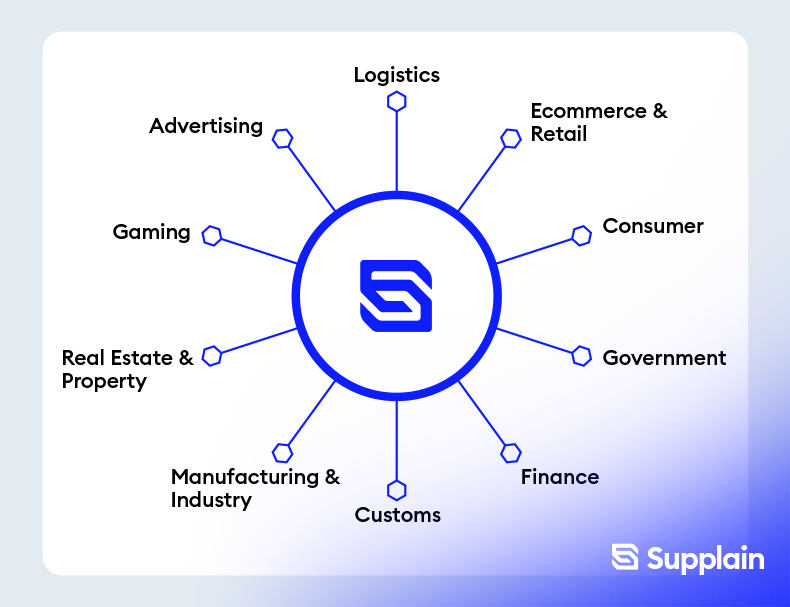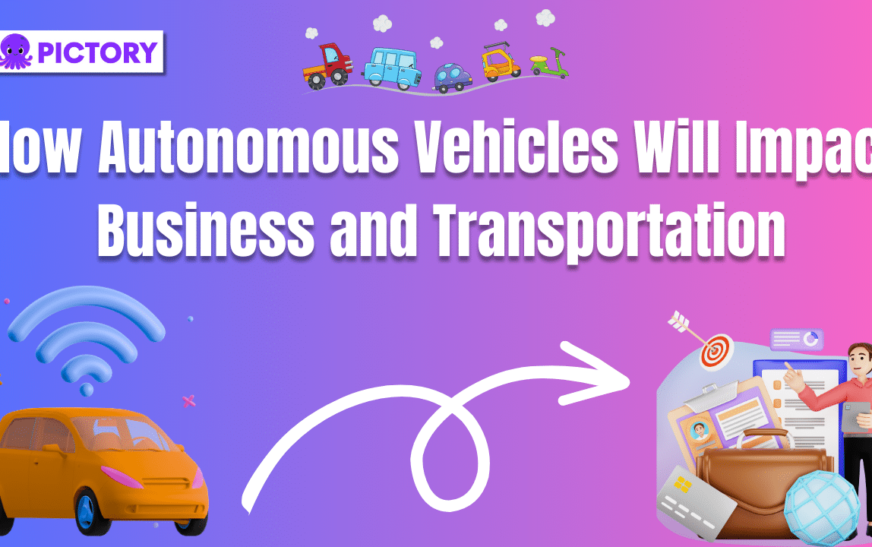Introduction to Blockchain Technology
Blockchain technology has become synonymous with cryptocurrency, capturing headlines and sparking curiosity. But its potential extends far beyond the realm of digital coins. From enhancing security to improving transparency, blockchain is reshaping industries in ways we are only beginning to understand.
Imagine a world where transactions occur without intermediaries, data integrity is guaranteed, and trust can be established through decentralized networks. This vision isn’t just a fantasy; it’s becoming reality thanks to blockchain’s innovative structure and capabilities.
As businesses explore this transformative technology, it’s essential to grasp the role of blockchain beyond cryptocurrency. Let’s dive into how this revolutionary tool is evolving and what possibilities lie ahead across various sectors.

The Evolution of Blockchain from Cryptocurrency to a Versatile Technology
Blockchain technology started as the backbone of Bitcoin, revolutionizing how we perceive money. Its initial purpose was to enable secure and decentralized transactions in a digital currency format.
As interest grew, innovators recognized its potential beyond finance. Developers began exploring how blockchain could enhance transparency and security across various sectors. Supply chains, healthcare, and even voting systems have sought solutions within this robust framework.
This evolution marked a shift from being merely a financial tool to a versatile platform. Smart contracts emerged, allowing automated agreements without intermediaries. Companies saw opportunities for increased efficiency through decentralized ledgers.
The adaptability of blockchain has sparked significant research and development efforts worldwide. Organizations envision new applications that can transform industries by streamlining processes while maintaining security and trust among users.
Advantages of Using Blockchain in Different Industries
Blockchain technology brings a wealth of advantages across various sectors. One of its most significant benefits is transparency. In industries like supply chain management, every transaction is recorded on an immutable ledger. This fosters trust among stakeholders.
Another advantage lies in enhanced security. With encryption and decentralized storage, data breaches become less likely, making it ideal for finance and healthcare sectors where sensitive information is handled.
Efficiency also sees considerable improvement through blockchain’s streamlined processes. Automated smart contracts can eliminate lengthy paperwork and reduce the risk of human error.
Cost reduction is yet another compelling factor. By cutting out intermediaries, businesses can save time and money while ensuring faster transactions.
Moreover, blockchain facilitates easier traceability. Whether tracking food origins or confirming product authenticity in luxury goods, this feature adds immense value to consumers and companies alike.
Real-Life Examples of Successful Implementations of Blockchain
One notable example is IBM’s Food Trust, a blockchain solution that enhances transparency in the food supply chain. By using this technology, companies can trace the journey of products from farm to table in real-time. This not only improves safety but also builds consumer trust.
Another innovative use case comes from De Beers, which employs blockchain to track diamonds. Their platform ensures ethical sourcing by providing verifiable proof of each diamond’s origin. Consumers can make informed choices without worrying about conflict stones.
In healthcare, Chronicled utilizes blockchain for secure medical record sharing among providers and patients. This reduces administrative burdens and enhances data privacy while promoting better patient outcomes.
These examples demonstrate how industries are leveraging blockchain beyond cryptocurrency, showcasing its potential to revolutionize traditional processes and enhance efficiency across various sectors.

Challenges and Limitations of Blockchain
Despite its potential, blockchain faces several challenges.
Scalability is a significant concern. Many networks struggle to process large volumes of transactions quickly. This limitation can hinder real-world applications where speed is crucial.
Energy consumption also poses problems, especially for proof-of-work systems. Mining operations require vast amounts of power, raising environmental concerns and prompting discussions about sustainable alternatives.
Regulatory issues create uncertainty in adoption. Governments are still figuring out how to manage this technology effectively. Compliance with existing laws can be complex and time-consuming.
Interoperability between different blockchain networks remains an obstacle as well. Without seamless communication across platforms, the full benefits of decentralized technology cannot be realized.
User education plays a critical role in widespread acceptance. Many people still lack understanding or trust in blockchain solutions, which may slow down their adoption rate.
Potential Future Applications of Blockchain
The future of blockchain technology is brimming with possibilities. One exciting application lies in supply chain management. By enhancing transparency, it can track products from origin to consumer seamlessly.
Healthcare stands to benefit as well. Imagine secure patient records that only authorized personnel can access. This could revolutionize medical data management.
Voting systems may also see a transformation. Blockchain can ensure tamper-proof ballots, leading to more trustworthy elections and greater public confidence.
Moreover, intellectual property protection could be strengthened through smart contracts. Creators might finally have control over their work, ensuring fair compensation.
Additionally, the energy sector is ripe for innovation. Decentralized networks could facilitate peer-to-peer energy trading, optimizing resource use and promoting sustainability.
The potential applications seem endless as industries begin exploring this groundbreaking technology further. Each new idea brings us closer to realizing the full capabilities of blockchain beyond cryptocurrency.
Conclusion: The Endless Possibilities of Blockchain Technology
Blockchain technology is more than just a digital ledger for cryptocurrencies. Its versatility has garnered attention across various sectors, including finance, healthcare, supply chain management, and beyond. The ability to offer transparency, security, and efficiency makes blockchain an appealing solution in today’s data-driven world.
As we continue to explore the role of blockchain beyond cryptocurrency, it becomes evident that its applications are vast and still largely untapped. With ongoing research and development, new use cases emerge regularly. This technology holds potential for revolutionizing how we conduct transactions and manage information.
The challenges facing blockchain cannot be ignored. However, as solutions are developed to address scalability and regulatory concerns, there is no telling what heights this innovative technology can reach.
From reshaping industries to enhancing everyday life processes through smart contracts or decentralized applications (dApps), the possibilities appear endless. Embracing blockchain means embracing a future where trust is built into our systems rather than relied upon solely from third parties.
As experts continue their work on refining this remarkable toolset while tackling existing hurdles head-on, one thing remains certain: Blockchain’s impact will extend far beyond the realm of cryptocurrency into uncharted territories waiting to be discovered.






